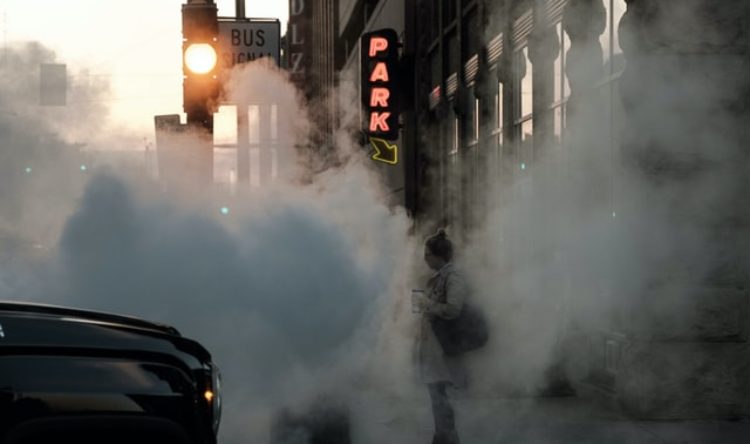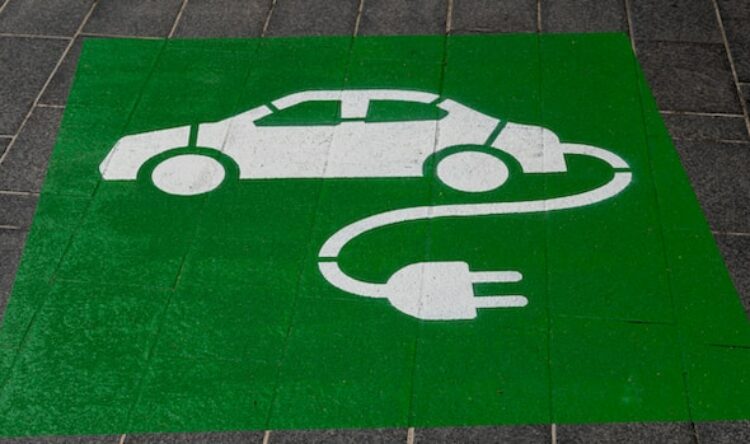A new connected-car battle: Cellular vs. DSRC
Far from the well-trodden halls of the Las Vegas Convention Center, some of the most important automotive developments showcased during CES last month were found in the parking lot of a warehouse on the western fringe of the city
Ford Motor Co. even announced that it would start building this technology, known as cellular V2X, or C-V2X, into new models starting in 2022, provided the government doesn’t pass any laws that make it harder to introduce it into the market.
That’s a big asterisk.
Volkswagen Group and Toyota Motor Corp. have previously stated they’ll deploy DSRC. But last year, China signaled support for a cellular approach. Now, Ford’s announcement gives cellular more momentum.
Beyond transmitting these basic safety messages, the same technology can connect cars with infrastructure, and cities can collect information on road conditions, provide real-time map updates and learn further insights.
Along those lines, the Regional Transportation Commission of Southern Nevada and city of Las Vegas announced during CES that they would start installing C-V2X roadside units as part of a pilot project that will be conducted with Qualcomm in 2019.
Qualcomm has emerged as a vocal proponent of the cellular V2X approach, having worked on a pilot project with Ford in Colorado last year, and having supported similar trials in China, Korea and Europe. Though the company also has chipsets that support DSRC, Patrick Little, senior vice president of Qualcomm’s automotive division, says a cellular approach makes more sense because cellular modems are already being installed in vehicles, and the upcoming arrival of 5G connectivity will further enhance the speed and reduce the latency of these safety-critical communications.
“We’re pushing C-V2X, and the reason why is that C-V2X rides along with the mobile road map from 4G to 5G, so as you do 5G, this will be backwards compatible, forward compatible, it will meet the 3GPP standard and it works with infrastructure,” Little said. “We think it’s a much better way to go.”
Cellular may have a further advantage: Because many pedestrians and bicyclists carry smartphones in their pockets, their precise locations may be more seamlessly transmitted to vehicles.
If DSRC holds an advantage, it’s that it has been tested and vetted for more than a decade. As Volkswagen and Toyota have shown, it can be deployed immediately and achieve the critical mass of units needed on public roads to make this worthwhile — with more cars equipped with V2X capabilities, more of them will be able to both send and receive warnings.
Shailen Bhatt, executive director of the Intelligent Transportation Society of America, is concerned that a split approach — some automakers choosing DSRC and others choosing cellular — will undermine connected vehicles’ life- saving potential.
“The specific technology is somewhat immaterial,” he said. “As the head of an association, I’m not here to make a market decision. But as a former DOT director and someone fixated on the idea of almost 40,000 people dying on our roadways, I want to do everything we can to get vehicles talking to each other. It is something that will help save lives.”
Researchers say up to 8.1 million car crashes and 44,000 deaths could be prevented if the federal government would issue a mandate on connected-vehicle technology rather than wait even three years, according to an analysis conducted by the University of Michigan’s Transportation Research Institute, which advocates a DSRC approach.
In the Las Vegas parking lot, it was easy to see the high-stakes potential of V2X communications. Engineers from Ford, Audi, Ducati and Qualcomm set up a four-way stop intersection. Vehicles from Audi and Ford would head toward the intersection as a Ducati motorcycle prepared to speed through a stop sign and into the path of the vehicles. But less than a second before a seemingly imminent collision, a warning appeared on the dashboards of the vehicles, alerting them to the danger.
Eventually, such information could provide additional operational instructions to autonomous vehicles, which are currently restricted to the line-of-sight road-environment observations made by their on-board sensors. Though it’s in a nascent stage, AVs could use V2X technology to essentially see around corners and learn about hazards ahead on the road.
Though some suppliers, such as Continental, are building modules that could potentially handle both cellular and DSRC messages, Little and others are skeptical that will solve the format problem.
“When you have that cross-talk, you undermine the safety function,” he said. “Remember, this is a safety function, and that’s like two people sitting in a car, and one is yelling in English and the other is yelling in French. … I think C-V2X is a no-brainer, and with Ford’s announcement, I think others will start to flip. They’ve had enough of this round robin.”
While the tussle over the particular technology plays out, the bigger question remains. In the absence of a government mandate, will enough motorists receive V2X on their cars as standard condition, or will enough purchase it as part of an optional technology package, to gain the critical mass required to make this decades-long push worthwhile?
Hope that autonomous vehicles can someday dramatically reduce traffic crashes was in plentiful supply at CES. But the demonstration in the parking lot served as a reminder that other technologies hold similar potential.
For more information from Automotive news, please visit them here.





